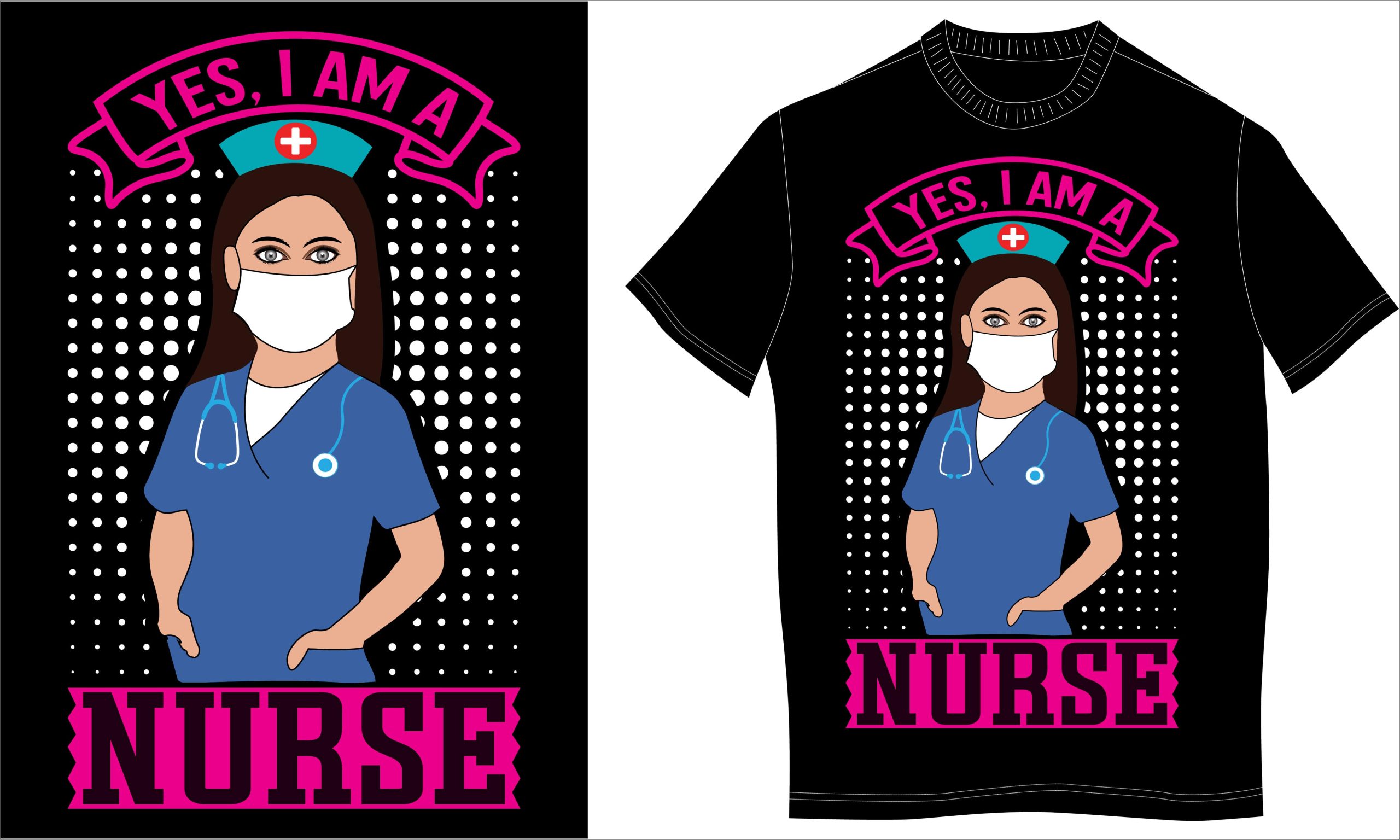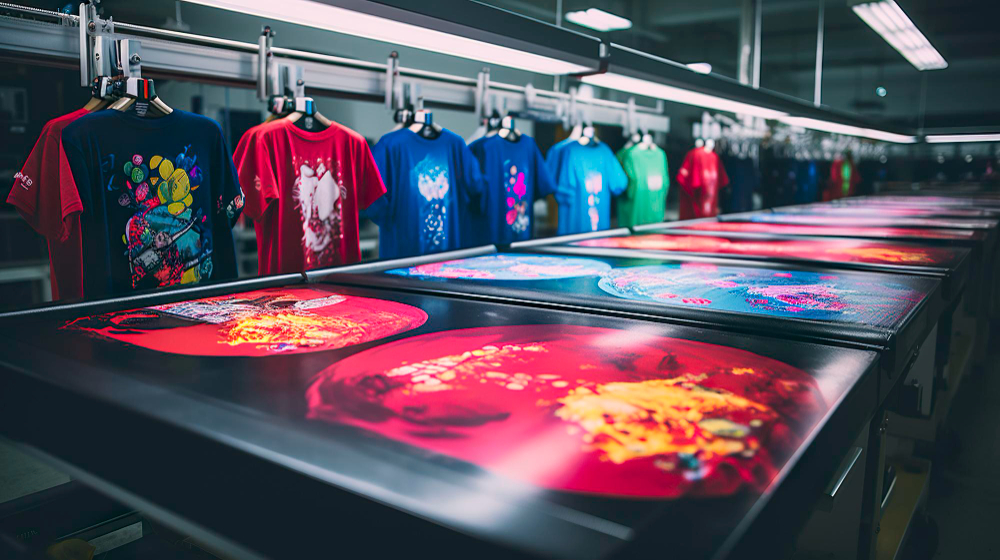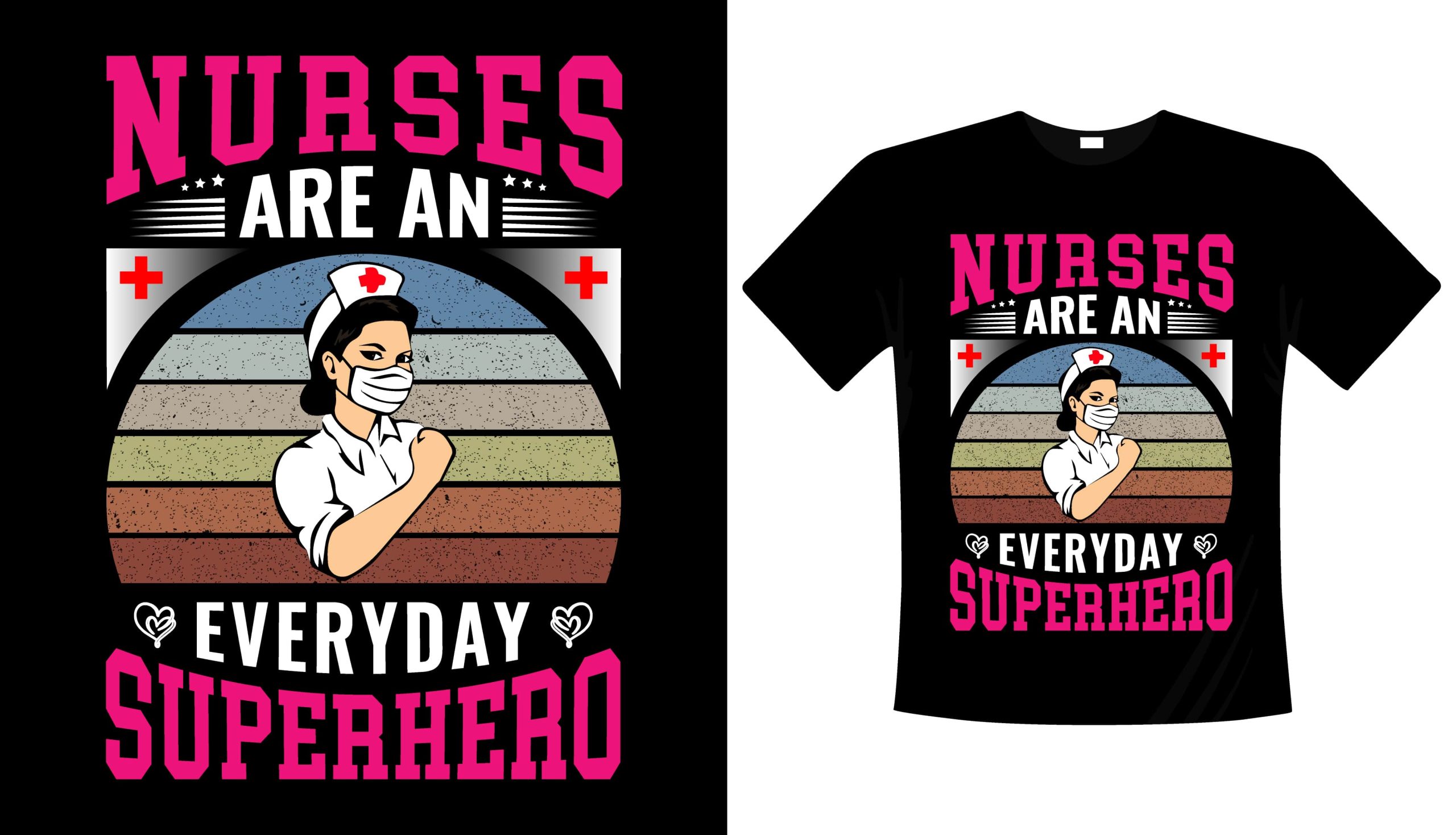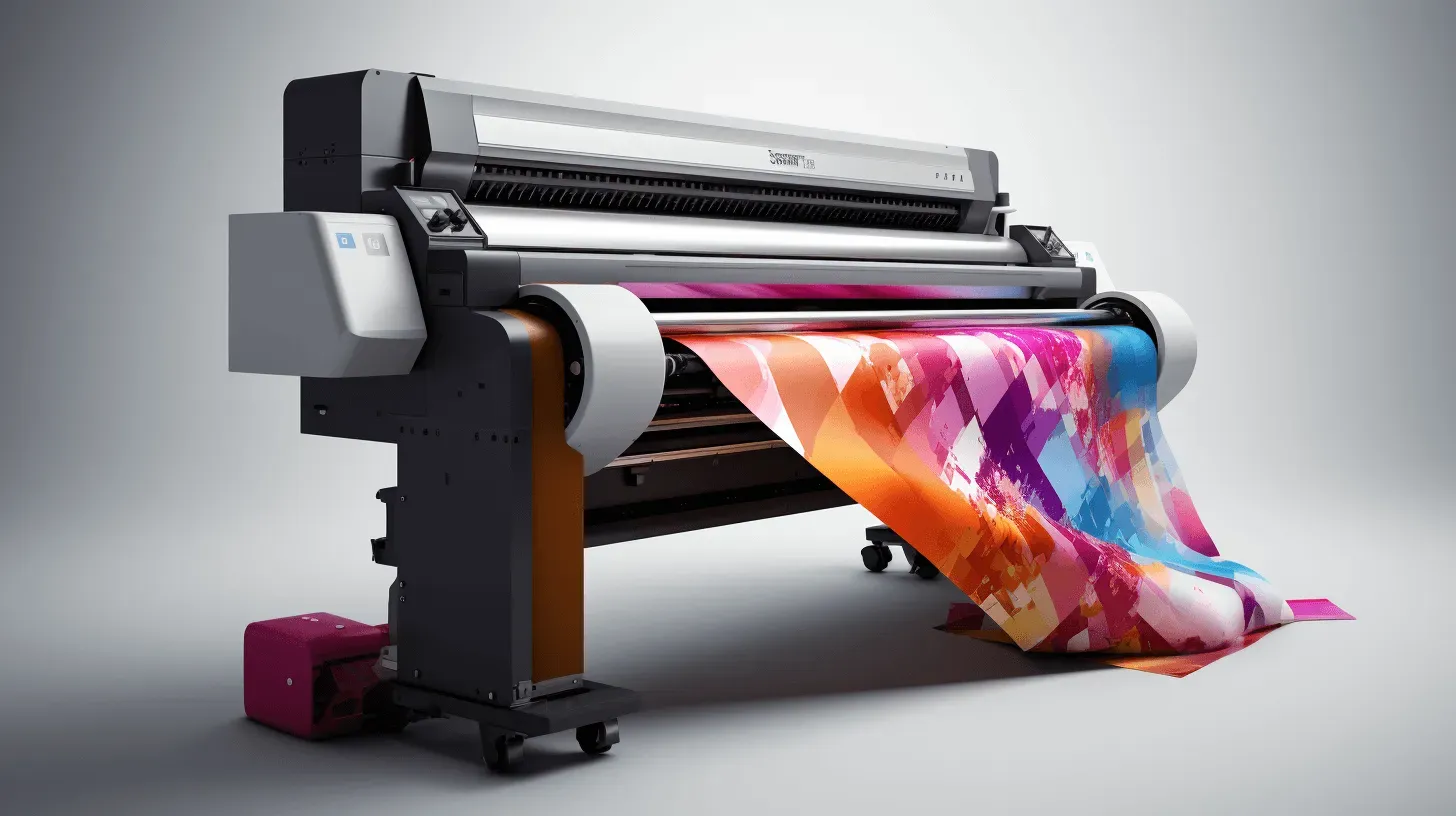DTF Transfers: The Future of Printing You Should Know
DTF transfers, a groundbreaking development in the world of custom printing, are revolutionizing how we approach garment decoration. This innovative technique, known as Direct to Film printing, allows for vibrant, high-quality designs to be transferred onto various fabrics with ease. As the demand for creative and personalized apparel surges, DTF printing emerges as a superior alternative to traditional methods like screen printing. Its unique advantages, including flexibility, cost-effectiveness, and environmental sustainability, position DTF transfers at the forefront of the printing technology landscape. In this article, we delve into the significant factors driving the rise of DTF transfers and their pivotal role in shaping the future of printing.
In the dynamic realm of personalized and promotional products, Direct to Film printing, or DTF printing, is significantly enhancing the printing landscape. This method centers around the application of custom-designed film onto fabrics, producing exceptional results that cater to the ever-increasing consumer demand for unique apparel. As businesses pivot towards more efficient and flexible printing solutions, such innovative technologies like DTF transfers are becoming essential. By offering high-quality prints with minimal waste, this modern approach to printing embodies both creativity and sustainability. As the industry evolves, alternative methods of garment decoration, such as DTF, are set to redefine standards and expectations.
Understanding DTF Transfers: A Game Changer in Custom Printing
DTF transfers, or Direct to Film transfers, represent a significant advancement in the realm of custom printing technology. Unlike traditional methods, which often involve complex setups and extensive labor, DTF printing utilizes innovative techniques to achieve vibrant results on various fabrics. This ground-breaking technology allows for detailed designs and a wide color spectrum, making it especially appealing in industries such as fashion and promotional products. As brands strive to leave a memorable impression, DTF transfers are swiftly becoming the preferred choice due to their ability to deliver visually stunning outcomes without sacrificing quality.
In addition to their aesthetic benefits, DTF transfers enhance the efficiency of the printing process. The simplicity of applying DTF prints onto garments saves both time and resources. This method suits small businesses and individual creators by accommodating various order sizes, promoting inclusivity in the printing industry. As customization continues to rise in demand, DTF printing positions itself as a favorable solution, empowering clients with the creative freedom to design and produce high-quality products with ease.
The Benefits of Direct to Film Printing
The advantages of Direct to Film (DTF) printing extend well beyond its stunning visual capabilities. One of the most notable benefits is its superior print quality. DTF technology enables the production of graphics with vibrant colors and fine details that resonate deeply with consumers. This level of quality is crucial for brands aiming to stand out in today’s competitive market. Whether it’s for apparel or promotional merchandise, the vivid imagery produced by DTF transfers helps brands make a striking impact, appealing to today’s visually driven audiences.
Furthermore, DTF printing is exceptionally flexible and user-friendly. Users can skip the extensive setup typically required for screen printing, which often involves multiple colors and screens. Instead, DTF printing allows for direct application of prints onto films that can effortlessly be transferred onto fabrics. This streamlining not only simplifies the process but also allows for better adaptability to small orders, showcasing why DTF printing is rising in popularity among entrepreneurs and creatives alike.
Cost-Effectiveness of DTF Transfers in Printing
One primary reason businesses are gravitating towards DTF transfers is the cost-effectiveness they offer over more traditional printing methods. DTF printing significantly reduces overhead costs, especially for low-volume orders. The efficiency of this printing method minimizes production time and raw material waste, proving to be a financially savvy option for those looking to optimize their resources. As businesses increasingly focus on profitability, DTF printing provides a pathway to achieving high-quality results without breaking the bank.
Additionally, the on-demand production capabilities of DTF printing eliminate the necessity for maintaining extensive inventory, leading to a decrease in excess stock and potential waste. This makes DTF transfers an ideal choice for both established businesses and budding entrepreneurs who want to test the waters of custom printing without committing to large upfront investments. By adopting DTF technology, companies can thrive in a market driven by consumer flexibility and personalized demands.
Sustainability Factors in DTF Printing Technology
As the global marketplace becomes increasingly environmentally conscious, the printing industry is taking strides towards sustainability. DTF printing stands out as a more eco-friendly alternative to traditional printing methods. This technology utilizes significantly less water and energy, making it a viable option for businesses aiming to reduce their carbon footprint. As consumers become more aware of the environmental implications of their purchases, brands that embrace sustainable printing technology can position themselves as leaders in responsible production.
Furthermore, advancements in eco-friendly inks utilized in DTF printing enhance its sustainability profile. Many DTF inks are designed to be non-toxic and environmentally friendly, making them safer for both consumers and the planet. Companies that select DTF printing can market their products as sustainable while meeting the growing consumer demand for ethical and responsible production practices. This focus not only helps in building a positive brand image but also attracts a customer base that prioritizes eco-friendly products.
Market Trends: The Future of DTF Printing
The DTF printing market is witnessing unprecedented growth, driven by technological innovations and increased consumer demand for customized products. Analysts predict that as the technology continues to evolve, DTF printing will dominate the textile industry by providing brands with quick turnaround times and a vast range of design options. As businesses adapt to the fast-paced demands of the fashion sector, DTF printing emerges as the solution that offers both speed and creativity.
Moreover, the rise of e-commerce and online custom apparel platforms further fuels the popularity of DTF transfers. Consumers are increasingly seeking unique, personalized products that reflect their individuality. DTF printing satisfies this desire by enabling businesses to offer on-demand services with a focus on customization without the limitations of traditional methods. As more brands recognize the potential of DTF printing, its foothold in the market will continue to grow, shaping the future landscape of custom printing.
Technological Advancements in DTF Printing
Innovation within DTF printing technology is on an upward trajectory, with manufacturers investing heavily in cutting-edge research and development. These advancements focus on enhancing print quality and production speed, addressing the increasing demands from both consumers and businesses. Newer DTF printers incorporate improved ink formulations that not only enhance adhesion but also maintain the durability and vibrancy that end-users expect. As these technological improvements continue, DTF printing is positioned to further disrupt the printing industry.
The integration of automation and data analytics in DTF printing is also noteworthy. These technologies enable operators to optimize the printing process by monitoring performance and calibrating output to meet quality standards. Such enhancements present opportunities for businesses to achieve higher efficiencies and lower operational costs. By staying ahead of these technological trends, companies utilizing DTF printing can ensure they remain competitive in an ever-changing market, solidifying DTF’s role in the future of printing.
Frequently Asked Questions
What are DTF Transfers and how do they work?
DTF transfers, or Direct to Film transfers, involve printing designs onto a special film that can then be transferred onto fabric. This printing technology allows for vivid, high-quality prints on various materials, making it a popular choice for custom printing applications.
How does DTF printing compare to traditional printing methods?
DTF printing offers several advantages over traditional methods like screen printing. It delivers superior print quality, requires less setup time, and is cost-effective for small runs. Additionally, DTF transfers are more versatile, allowing for complex designs and colors without the need for multiple screens.
What are the benefits of using DTF Transfers for custom apparel?
Using DTF transfers for custom apparel provides vibrant colors, intricate designs, and a soft feel. It’s ideal for on-demand printing, reduces waste, and accommodates various fabric types. This advanced printing technology is gaining traction for its quality and efficiency in the custom printing market.
Is DTF printing environmentally friendly?
Yes, DTF printing is considered environmentally friendly compared to traditional printing methods. It uses less water and benefits from eco-friendly inks, contributing to a reduced environmental footprint. This makes DTF transfers a smart choice for businesses aiming for sustainable practices.
What industries are benefiting from DTF Transfers?
DTF transfers are making waves in the fashion, promotional merchandise, and custom apparel industries. The ability to produce high-quality prints quickly and efficiently meets the growing consumer demand for personalized products. This flexibility is particularly vital in fast-paced sectors.
What is the future of DTF printing in the printing technology landscape?
The future of DTF printing looks promising, as it continues to evolve with technological advancements. As more businesses shift towards customization and sustainability, DTF transfers are well-positioned to capture a larger share of the market due to their versatility, quality, and efficiency in the printing industry.
| Key Point | Description |
|---|---|
| Introduction | DTF transfers are revolutionizing the custom printing industry with their high-quality and versatile applications. |
| Rising Popularity | DTF printing offers vivid prints on various fabrics, adhering to the growing demand for custom designs. |
| Superior Print Quality | Produces vibrant, detailed prints essential for impactful branding, especially in fashion and promotional products. |
| Flexibility and Ease of Use | Streamlines the printing process compared to traditional methods, accommodating various order sizes. |
| Cost-Effectiveness | Ideal for short runs and on-demand production, reducing waste and inventory costs. |
| Environmental Sustainability | Uses less water and incorporates eco-friendly inks, aligning with current sustainability trends. |
| Market Trends | The DTF printing market is set for growth due to innovation and increased demand for custom products. |
| Technological Advancements | Ongoing innovations are enhancing print speed and quality, positioning DTF as a leader in textile printing. |
Summary
DTF Transfers are a groundbreaking innovation in the printing industry, marking a significant shift towards customized, high-quality printing solutions. The rapid adoption of DTF printing is driven by its superior print quality, ease of use, cost-effectiveness, and eco-friendly nature, which resonate with modern consumer demands. As brands continue to seek unique ways to engage their audiences, DTF transfers provide an ideal solution, meeting the needs for personalization while minimizing environmental impact. This trend is not merely a fleeting moment but a clear indicator that DTF printing will lead the future of printing, shaping the way businesses approach custom apparel and promotional products.




